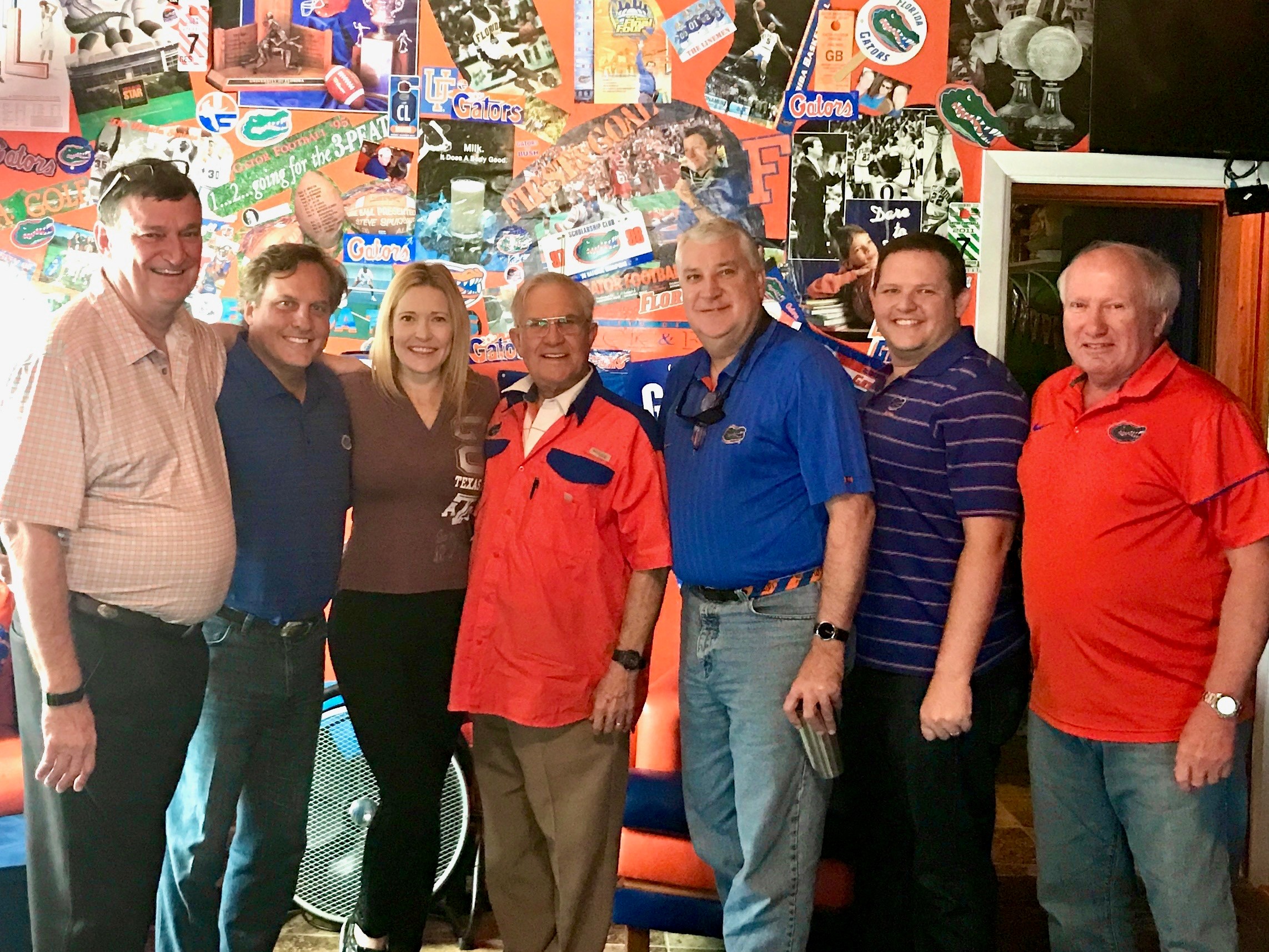The National Flood Program is different. It follows its own rules and regulations based on federal law, not state law. Public adjusters and contractors have been writing and calling to say that the flood payment checks do not include their names. Warning—you should expect that they will not include your name and that your payment will come directly to the policyholder. Policyholders and their public adjusters and contractors need to make upfront decisions about how to handle national flood payments between themselves.
Nothing in the federal code requires the federal government to place the name of public adjusters or restoration contractors on checks for payment. I know of no cases requiring the federal government to do so. State laws will not apply to the federal government.
A federal flood case where a public adjuster represented the policyholder long after the loss noted the following:
The NFIP was established by the National Flood Insurance Act in recognition that ‘many factors have made it uneconomic for the private insurance industry alone to make flood insurance available to those in need of such protection on reasonable terms and conditions.’ 42 U.S.C. § 4001(b). Under the Act, ‘the federal government provides flood insurance subsidies and local officials are required to adopt and enforce various management measures.’… FEMA administers the NFIP, through which ‘taxpayer funds . . . pay for claims that exceed the premiums collected from the insured parties.’… Congress authorized FEMA to ‘prescribe regulations establishing the general method or methods by which proved and approved claims for losses may be adjusted and paid for any damage to or loss of property which is covered by flood insurance.’ 42 U.S.C. § 4019. FEMA’s regulatory scheme, including the terms and exact language of the SFIP, is recorded in the Code of Federal Regulations. See 44 C.F.R. §§ 61.1-78.14.
Pursuant to its authority under 42 U.S.C. § 4081(a), FEMA created the Write-Your-own (‘WYO’) Program, which allows private insurers to issue and administer flood-risk policies under the NFIP. See Jacobson, 672 F.3d at 174-75. ‘WYO companies’ like Allstate ‘may act as ‘fiscal agents of the United States,’ . . . but they are not general agents and therefore must strictly enforce the provisions set out in the regulations, varying the terms of a policy only with FEMA’s express written consent.’… Because of the nature of the relationship between WYO providers and the government, SFIP policies and contracts ‘must be strictly construed and enforced’ and should not be ‘interpreted like any private insurance contract.’ Id.
The SFIP indicates that flood insurance is provided ‘under the terms of the National Flood Insurance Act of 1968 and its Amendments, and Title 44 of the Code of Federal Regulations.’ SFIP § I. The SFIP provides that the insured will be paid ‘for direct physical loss by or from flood’ to the covered property if the insured has ‘paid the correct premium,’ ‘compl[ied] with all terms and conditions of this policy,’ and ‘furnished accurate information and statements.’
…
Therefore, the statutory and regulatory requirements of the NFIP must be strictly construed and enforced, regardless of any conduct by Defendant which, according to Plaintiff, suggested that those requirements were waived. When ‘private parties make demands on the public fisc’ and ‘federal funds are implicated, the person seeking those funds is obligated to familiarize himself with the legal requirements for receipt of such funds.’ Id. (internal quotation omitted). ‘Those who deal with the Government are expected to know the law and may not rely on the conduct of Government agents contrary to law’ to evade the requirement of strict compliance. Id. (internal quotation omitted). This is true even where strict construction and enforcement of ‘governmental insurance policies . . . can sometimes create ostensibly inequitable results,’ which might have been avoided in interpreting typical private insurance contracts.
Thus, Defendant did not waive the statutory requirement that Plaintiff institute this action within one year after the mailing of that notice, whether or not Defendant engaged an ongoing course of conduct after the mailing of the notice of partial disallowance, as Plaintiff suggests. Plaintiff was obligated to familiarize himself with that statutory requirement, and Defendant’s conduct cannot excuse Plaintiff’s failure to comply.
Second, contrary to Plaintiff’s suggestion, the record does not reveal any genuine dispute of material fact as to the nature or extent of Plaintiff’s communications with Defendant after March 2017. Plaintiff’s counsel suggested at oral argument that Plaintiff had been under the impression that negotiations with Defendant were ongoing beyond March and April 2017 and expected such negotiations to continue. But the record contains no communications between Plaintiff and Defendant after April 2017. …Even Mr. Raske’s testimony, upon which Plaintiff relies heavily, only suggests that the last communication between Plaintiff and Defendant was in May 2017, at the latest…. Thus, even drawing all reasonable inferences in Plaintiff’s favor, there is no evidence in the record to support a conclusion that Plaintiff and Defendant were engaged in an ongoing negotiation process through October 5, 2017—the date which would place Plaintiff’s filing of this action ‘within one year’ of the end of that process. Plaintiff’s understanding or expectation of ongoing negotiations with Defendant does not create a genuine dispute of material fact in the absence of any evidence in the record to support that understanding.
…
Moreover, although the Second Circuit has not yet addressed this issue, several other Circuits have concluded that a party insured through the NFIP may not bring additional state law tort claims arising out of the handling of a claim. See, e.g., C.E.R. 1988, Inc. v. Aetna Cas. & Sur. Co., 386 F.3d 263, 271 (3rd Cir. 2004) (holding that state tort claims are preempted and claimants are limited to ‘resolving their disputes by means of the remedies FEMA provides’ and noting that decision ‘is consistent with the decisions of other courts’); Wright v. Allstate Ins. Co., 500 F.3d 390, 394, 250 Fed. Appx. 1 (5th Cir. 2007); Gunter v. Farmers Ins. Co., 736 F.3d 768, 772 (8th Cir. 2013). And although the Second Circuit ‘has not directly addressed the preemptive effect of the NFIP, the Court’s more general commentary on the NFIA regulatory scheme is instructive.’ Copeland, 2017 U.S. Dist. LEXIS 229904, 2017 WL 10088571. The Copeland court reviewed the Second Circuit’s clear directive that the requirements of the SFIP must be ‘strictly construed and enforced,’ Jacobson, 672 F.3d at 175, and found it ‘not surprising, then, that almost every court in this Circuit to consider the question has concluded that the NFIA does not expressly authorize an insured to bring extra-contractual state-law claims relating to an insurer’s claims handling, and thus preempts those state-law claims,’… …this Court will join many others in concluding that the NFIP preempts the additional state law claims brought by Plaintiff.
Ganim v. Allstate Ins. Co., No. 3:18-cv-1863, 2020 WL 4369441 (Dist. Conn. July 30, 2020).
When it comes to National Flood Insurance payments, I strongly suggest that public adjusters, contractors, and policyholders have agreements between themselves about how national flood insurance payments are to be handled when they are directly received by policyholders. Having agreements anticipating when payment for services are due is the best way to avoid future disagreements and misunderstandings.
Thought For The Day
In human intercourse the tragedy begins, not when there is misunderstanding about words, but when silence is not understood.
—Henry David Thoreau




